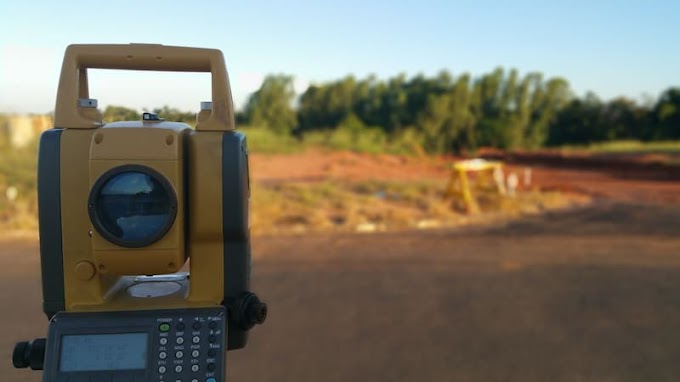How could mental states affect illness and disease?
Although large bodies of research and clinical practice exist for each of these domains, those which assume the causal efficacy of mental states (psychotherapy and psychosomatic medicine) do not fit comfortably into the reductionist, mater-ialist paradigm which currently predominates in Western philosophy and science.
For example, according to Churchland (1988) all descriptions of or theories about human nature based on conscious experience may be thought of as prescientific forms of 'folk psychology' which are destined to be replaced by some future, advanced neurophysiology. In short, all descriptions of mind or conscious experi-ence will turn out to be descriptions of states of the brain. If so, all claims about mental causation would turn out to be 'prescientific' claims about physical causation and the clinical consequence might be that psychotherapy will even-tually be replaced by some advanced form of physical medicine. While confidence in the eventual success of reductionism might be premature (see the discussion of reductionism above), competition between mental and physical accounts has been very apparent in some therapeutic domains, for example in psychiatry and psychosomatic medicine (reviewed by McMahon and Sheikh, 1989).
McMahon and Sheikh point out that nineteenth-century physicians recognized the existence of 'nervous' disorders (headache, chronic fatigue, dyspepsia, etc.) for which no known structural defect could be found, but they took it for granted that the body was a machine governed by mechanistic laws on which the mind could have no influence. Consequently, somatic complaints without a discernible structural basis were frequently classified as 'imaginary'. Freud's account of conversion hysteria and its treatment gradually led to a change of medical opinion. As Freud noted, 'a disturbance that can be set right by means of psychic influences can itself have been nothing else than psychical' (quoted in Ferenczi et al., 1921: 11). By the 1920s, belief in psychogenesis was widespread and was thought by its proponents to herald the dawn of a new holistic medicine. The Journal Psychosomatic Medicine was founded in 1939, and by 1942 a chapter devoted to psychosomatic medicine had appeared in Osler's standard medical textbook Principles and Practice of Medicine.
However, this early enthusiasm did not fulfil its promise. As McMahon and Sheikh point out, there continued to be a mismatch between clinical observation and acceptable causal explanation. Freud himself took the view that the leap from 'a mental to a somatic innervation' (which takes place in hysteria) 'can never be fully comprehensible to us' (Freud, 1968 [1909]: 17). One response to this in subsequent theories of medicine was to treat conscious states as mere correlates of brain states; only the latter were thought to be the actual (physical) causes of somatic disorders (e.g. Troland, 1932). Another response was to redefine con-scious states in behavioural terms (e.g. Sheehan, 1943). Occasionally, conditions thought to be examples of mental causation were dramatically shown to result from physical causes. For example, for many years patients with acute or chronic respiratory failure had been differentiated into 'fighters' (who battled to stay alive) and 'nonfighters' (who floated away gently, without apparent distress). Subsequently it was shown that fighters had normal pressure of carbon dioxide (Pco₂) in the blood, whereas nonfighters had been given oxygen at high Pco₂ levels and were narcotized by carbon dioxide consequently they were underventilating and died quietly, often while being given high levels of oxygen (Donald, 1972: 318-319).
While belief in psychogenesis and psychosomatic disorders within medicine
persisted, from the 1970s onwards psychological factors are given less promin-ence in medical textbooks (McMahon and Sheikh, 1989). A similar dilution of the causal role of mind in physiological disorders occurs over this period in the standard Diagnostic and Statistical Manual of Mental Disorders (DSM) published by the American Psychiatric Association. For example, DSM II, pub-lished in 1968, refers specifically to a category of 'psychophysiologic disorders'; in DSM-III-R, published in 1987, this category disappears.







